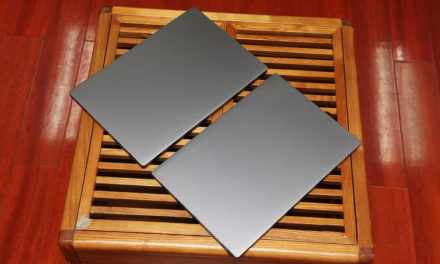
ASUS UL30A - the limitless possibilities
One of the hardest things for an article writer is the introduction. You might think you just need to rice, but you don’t. Most readers read a maximum of 2-3 pages in a test, one of which is the introduction. Here we need to draw attention so that then our gentle visitor does not simply flip through the tests and then read the summary, but also deal with the other clutter that is of interest only to those who are really flirting with buying the test participant anyway.
So, now we need to write an introduction, which is not easy, as we did not have one or two portable machines, so we have already discussed almost everything about them. However, we are somewhat lucky now that our guest has come out of the ASUS UL series, so you can and should even write a few lines about this.

At ASUS, UL can be derived from the word Unlimited, which means limitless. So this is a series of limitless possibilities. If we look deep into things, there is some basis for the name, if nothing else in terms of uptime. Sure, an infinitely long-lasting notebook isn’t there yet, but it’s working longer than average, and so is the UL30A.
This machine fills a huge gap in the market for laptops and, of course, among ASUS laptops. On the one hand, there are Eee PCs out there that are small, light, and they don’t despair — or turn them off — even if I do, we have to fly from London to New York and spend the whole trip working.
However, there is a big downside to the Eee series, their size. True, this can also be mentioned as an advantage, but anyone who has tried to work on the pirinoó display for six hours knows what I am talking about. It doesn’t mean that those machines would be useless, they have a place in the market, we also have a home, and we use it a lot of times.
Then there are the machines of normal size for desktop use. They are well above the Eee series in terms of strength and usability, but have a person on their feet who can hold one in their lap for, say, hours. In addition, the operating time decreases in direct proportion to the increase in power, so we are often in need of a wall-mounted riser, ie a socket.
This is where our machine comes into the picture - which is unfortunately this ASUS machine, we can only test it - the UL30A. It’s a structure with a full-size keyboard, widescreen and normal-resolution display, and a processor with enough power for the legitimate multi-screen operation that comes from Intel’s CULV series. As a matter of fact, the icing on the cake is nothing more than running time. Sure, it’s a machine that’s bigger than a traditional netbook, but its lifespan is close to them. That is, we sacrifice a little bit on the altar of portability, but we gain a great deal in terms of usability.
Is this the perfect notebook? You can get an answer to this on the following pages, which you should not skip as usual now!













